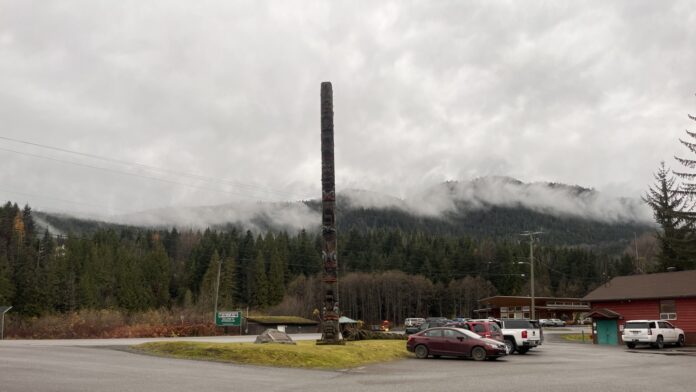With ratification voting currently underway, eligible Kitsumkalum voters are voting on whether to approve the Kitsumkalum Treaty and self-government constitution, a vote that could be a turning point in the Nation’s decades-long path to self-government.
The treaty, known as the Kitsumkalum Treaty: A Living Agreement, was initialed in June of 2024 by the Kitsumkalum negotiators, the Government of Canada, and the Province of British Columbia. The move brought the majority of the negotiations to a close after decades of legal review and consultation with First Nations in the surrounding areas.
By June 2025, the technical and legal review was completed in the form of a final ratification version ready to be put before Kitsumkalum members for voting.
To be approved, the treaty must receive a double majority. More than half of eligible voters must participate, and more than half of those must vote in favor.
If members approve it, Canada and B.C. will each launch their own ratification processes. Each government must pass legislation to bring the treaty into law. If all three sign off, the treaty can come into force by 2028.
The Kitsumkalum initiated negotiations in the early 1990s. In 2015, after years of working with the BC Treaty Commission, an Agreement in Principle was signed. That agreement set the stage for the final treaty that is now being voted on.
Since then, Kitsumkalum, B.C., and Canada have worked together on issues such as governance, land ownership, and shared priorities. They also consulted with nearby communities, local governments, and industry to make sure the treaty reflects regional needs.
If ratified, the treaty would recognize and protect Kitsumkalum’s Aboriginal rights. It would confirm that neighboring First Nations’ rights are not impacted. It would also establish Kitsumkalum’s self-governing jurisdiction and confirm ownership of designated lands. Public access to treaty lands would be retained. The treaty would also address current land tenures and establish co-management of resources within the Nation’s territory.
Once the voting ends, there will be even more opportunities for regional and public input. The outcome will determine if this decades-long effort moves forward and redefines the Nation’s relationship with both B.C. and Canada.






